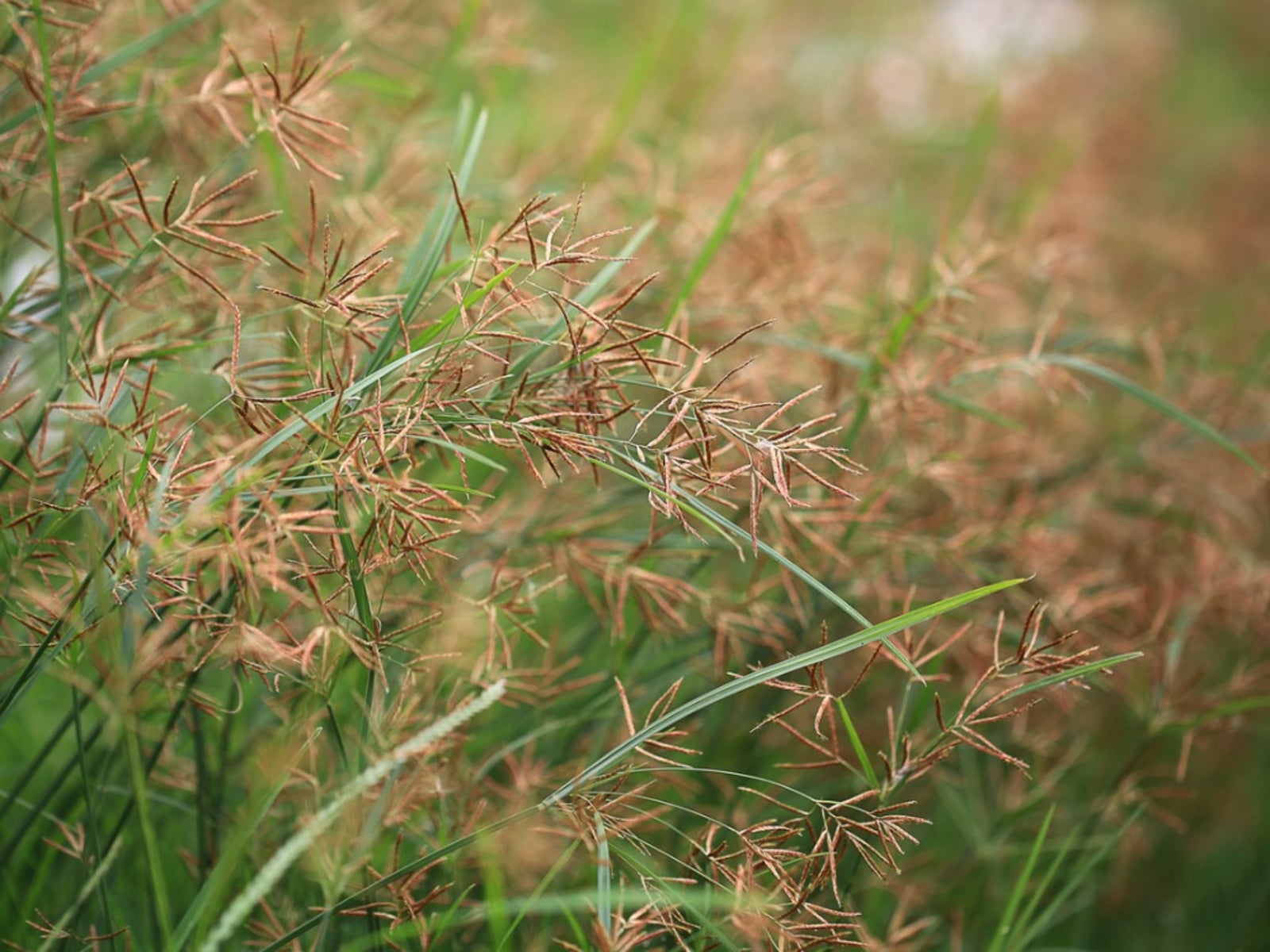Sedge Lawn Weeds: How To Control Sedge Plants In The Landscape


Much like the witches in the Wizard of Oz, there are good sedges and bad sedges. Sedge lawn weeds are invasive in other types of turf grass. Most problem sedge plants are found in warmer climates of the southern United States, but a couple are also common in northern climes. Controlling sedge weeds can be a challenge to many gardeners. The first step is identification, as many types of sedge weed control are specific and there are more than 12 varieties of problem sedge. These are some of the more common found in lawns:
- Yellow Nut Sedge (Cyperus esculentus)
- Purple Nut Sedge (Cyperus rotundus)
- Annual Sedge, Watergrass (Cyperus compressus)
- Cylindric Sedge (Cyperus retrorsus)
- Globe Sedge (Cyperus croceus syn. Cyperus globulosus)
Read your herbicide labels carefully for instructions on how to control sedge.
Sedge Lawn Weeds
Sedge plants appear similar to grasses but are actually in a classification unto themselves. If you are a pro, you can identify the plants by the absence of ligules and aruricles. For most of us, these characteristics mean little and all we know is a different type of plant is crowding out our spectacular turf grass in irregular patches with rough, stiff blades and prolific seed heads. Sedge lawn weeds favor moist areas and are often naturally established in marshy areas or run-off zones. Controlling sedge weeds begins with an examination of your irrigation system and fixing low areas where moisture pools.
How to Control Sedge
As mentioned, you need to fix any area of your irrigation system that releases too much water. You also can raise the soil level in spots with dips that collect moisture. Ensure that the soil has adequate percolation or drainage. Often this means removing entire areas of sod and mixing in compost, sand, or other amendments that increase the porosity of the soil so excess water can drain down into the ground. There are no broad-spectrum herbicides recommended for controlling sedge weeds. Yellow and purple sedge control is available in herbicides recommended for crops. The majority of other sedge plants need to be identified and the specific management program applied for the variety of sedge species.
Sedge Weed Control ID
The best way to identify sedge is from its seed head.
- Yellow nutsedge has a yellow seed head, is common in northern zones, and has excellent cold tolerance.
- Purple sedge has purple seed heads and dark green foliage.
These are the most common sedge plants but for identification of others, you may have to take a specimen to your county extension or master gardener's clinic. Most sedges are well controlled by frequent mowing to remove the seed heads and prevent spreading. In the event that you have a widespread problem, you will have to resort to herbicide sedge weed control. Pre-emergence herbicides have little effect for controlling sedge weeds. Spot application of the appropriate herbicide can be effective or broad range spraying for extreme sedge lawn weeds. As with any herbicide application, read the directions and follow the safety precautions recommended by the manufacturer.
Sign up for the Gardening Know How newsletter today and receive a free copy of our e-book "How to Grow Delicious Tomatoes".

Bonnie Grant is a professional landscaper with a Certification in Urban Gardening. She has been gardening and writing for 15 years. A former professional chef, she has a passion for edible landscaping.